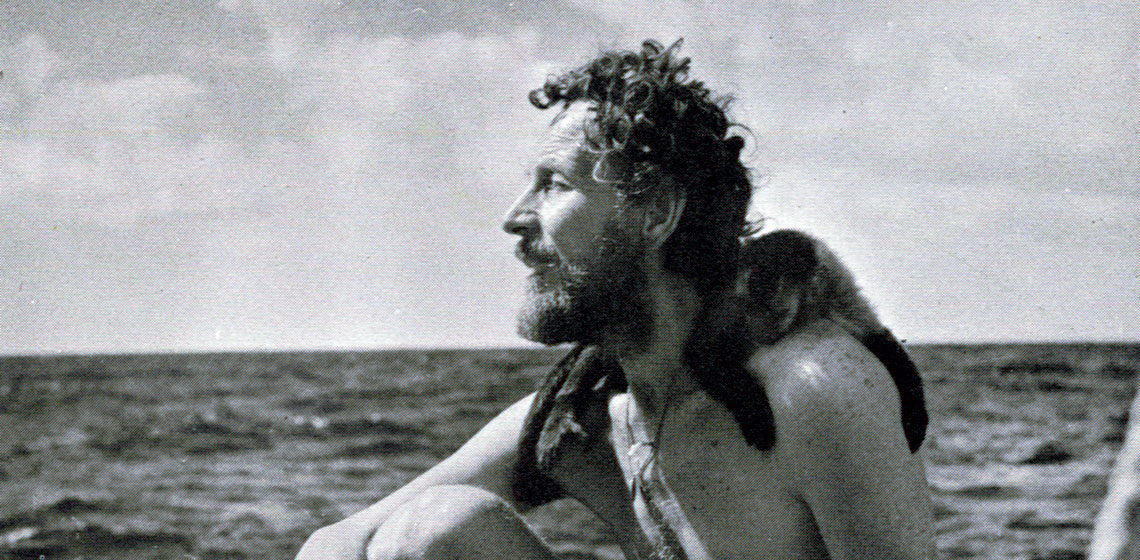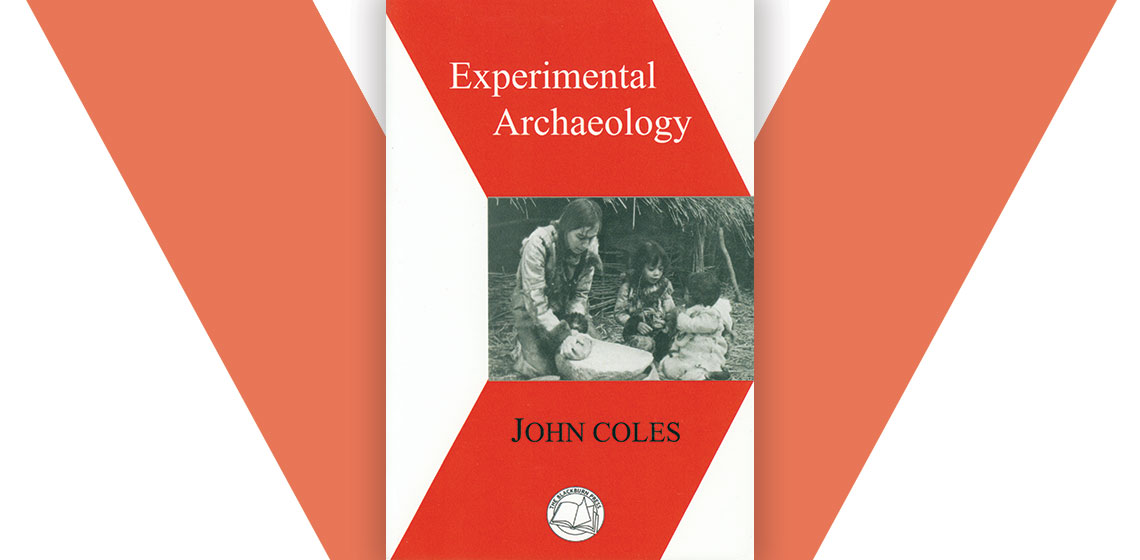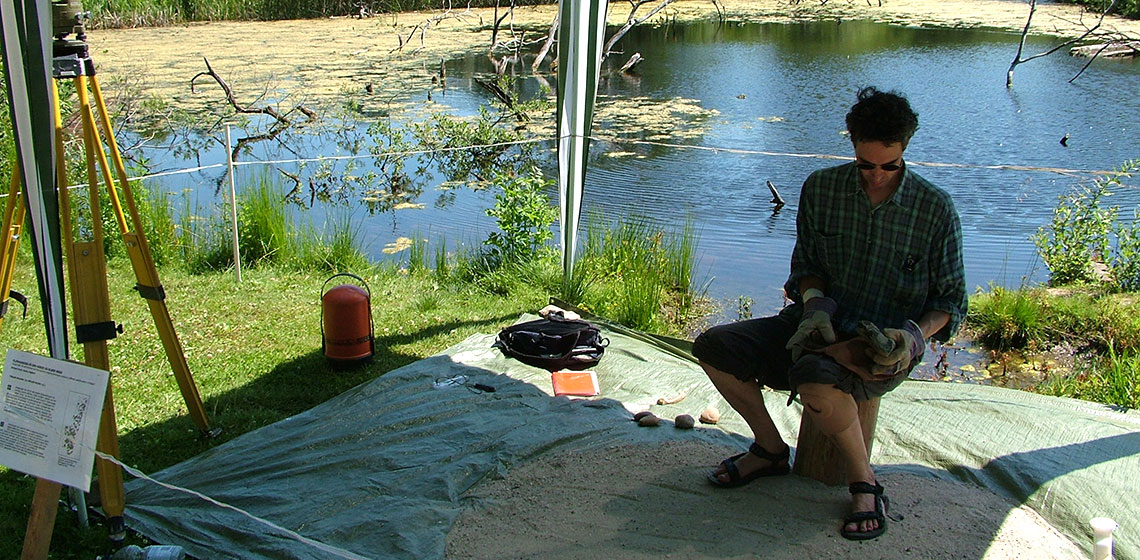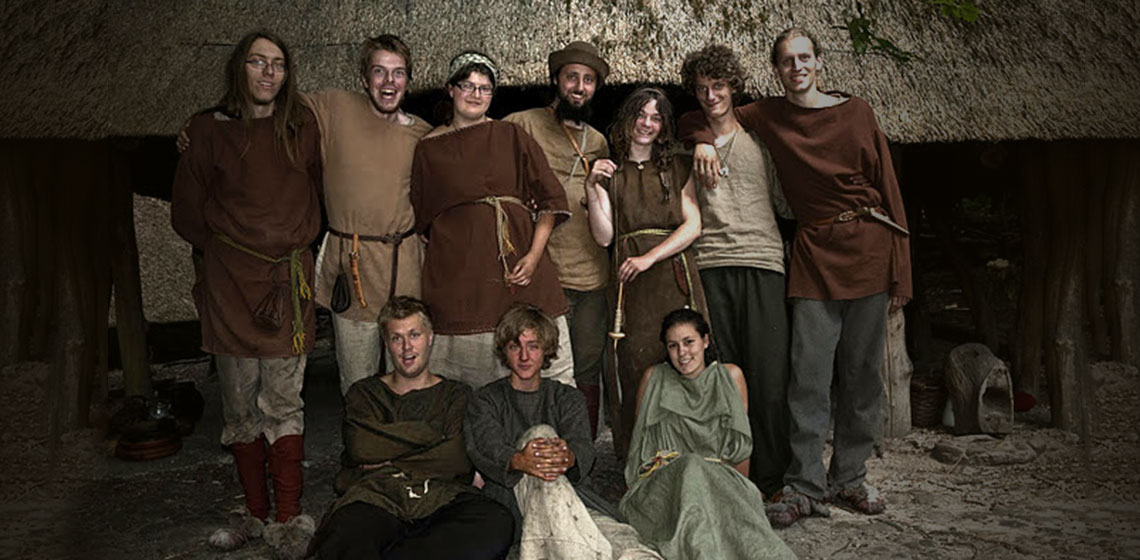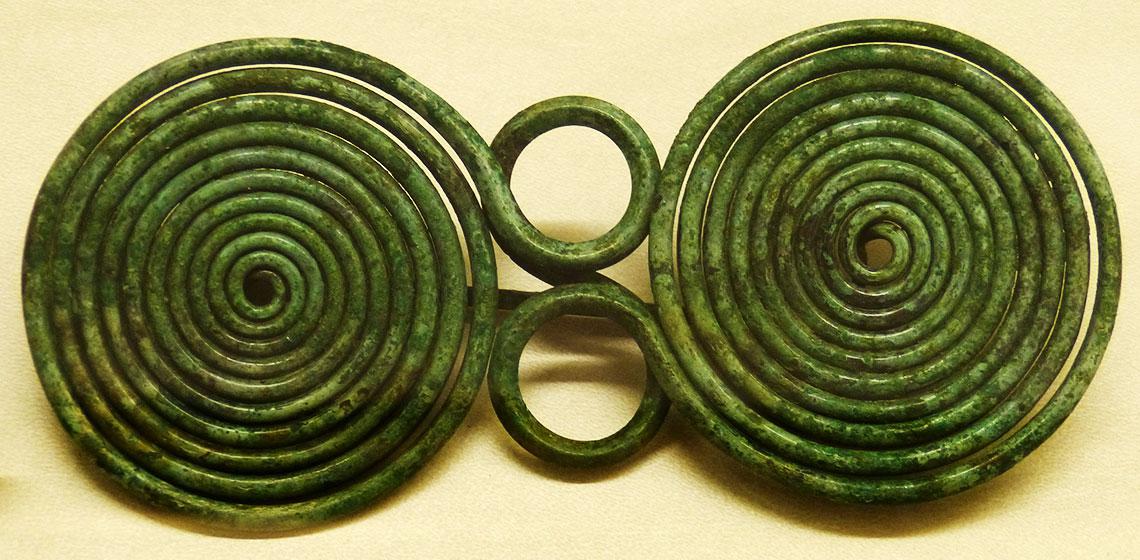The Theory of the Archaeological Raft: Motivation, Method, and Madness in Experimental Archaeology
Between 1947 and 2006, nearly forty expeditions set out in recreated maritime drift vessels to demonstrate hypotheses with varying levels of relevance to archaeology and cultural diffusion. This paper divides the motivations of these expeditions into four major categories...

